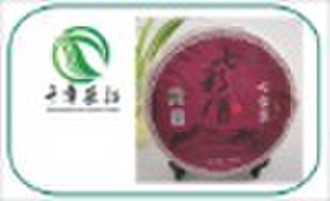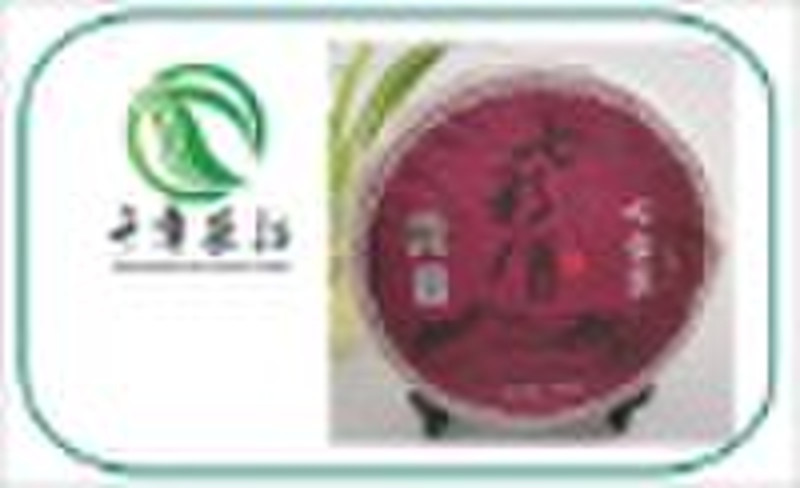Katalog
-
Katalog
- Auto & Motorrad
- Bauwesen und Immobilien
- Bekleidung
- Büro- und Schulartikel
- Chemikalien
- Dienstleistungen für Unternehmen
- Eisenwaren
- Elektrische Geräte & Zubehöre
- Elektronische Bauteile
- Energie
- Galanteriewaren
- Geschenke und Kunsthandwerke
- Gesundheit und Medizin
- Gummi und Kunststoffe
- Haus und Garten
- Haushaltsgeräte
- Koffer, Taschen & Hüllen
- Landwirtschaft
- Lebensmittel und Getränke
- Licht und Beleuchtung
- Maschinen, Geräte und Werkzeuge
- Maschinenteile und Herstellung Dienstleistungen
- Messapparat und Analysegerät
- Mineralien und Metallurgie
- Möbel
- Schuhe und Accessoires
- Schönheit und Körperpflege
- Service Geräte und -Ausstattung
- Sicherheit und Schutz
- Spielzeuge und Hobbys
- Sport und Unterhaltung
- Telekommunikations
- Textil und Lederware
- Transport
- Uhren, Schmuck, Brillen
- Umweltschutz
- Unterhaltungselektronik
- Verpacken und Drucken
- Werkzeuge
- Überschüssiger Warenbestand, Lager
Filters
Search
Pu Erh-Tee (raw / ungekocht)

Grace Xu
Kontaktperson
Basisdaten
Name: Pu erh tea cake Origin: Yunan, China Grade: good State: Raw, uncooked Ingredients: 100% pu erh tea leaves Weight:400grams Taste: This Pu Erh Tea liquid is a bright orange color with a pure fragance and a strong mellow flavor. An after-tate later develoged. Storage: Keep pu erh tea in an airtight container and store in a cool, dry place avoiding direct sunlight( the longer it stores the mellower and more valuable it becomes) Brewing guide: take 2-3grams from pu erh cake and put into teapot. Brew with boiling water about one minnute and drain the water(washing the tea). Then fill with boiling water( over 90 celsius) again to brew the tea. Pour into tea cups after one minute. About Pu erh: Pu-erh tea is traditionally made with leaves from old wild tea trees of a variety known as "broad leaf tea" or Camellia sinensis var. assamica, which is found in southwest China as well as the bordering tropical regions in Burma, Vietnam, Laos, and the very eastern parts of India. The shoots and young leaves from this varietal are often covered with fine hairs, with the pekoe (two leaves and a bud) larger than other tea varietals. The leaves are also slightly different in chemical composition, which alter the taste and aroma of the brewed tea, as well as its desirability for aging. Due to the scarcity of old wild tea trees, pu-erh made using such trees blended from different tea mountains of Yunnan are highly valued, while more and more connoisseurs are seeking pu-erh with leaves taken from a single tea mountain's wild forests. The history of pu-erh tea can be traced back to the Eastern Han Dynasty.Pu-erh is well known for the fact that it is a compressed tea and also that it typically ages well to produce a pleasant drink. Through storage, the tea typically takes on a darker colour and mellower flavour characteristics. Often pu-erh leaves are compressed into tea cakes or bricks, and are wrapped in various materials, which when stored away from excessive moisture, heat, and sunlight help to mature the tea. Pressing of pu-erh into cakes and aging the tea cakes possibly originated from the natural aging process that happened in the storerooms of tea drinkers and merchants, as well as on horseback caravans on the Ancient tea route that was used in ancient Yunnan to trade tea to Tibet and more northern parts of China. Compression of the tea into dense bulky objects likely eased horseback transport and reduced damage to the tea.
Zahlungsbedingungen
Telegraphic transfer
Western Union
-
Zahlungsarten
Wir akzeptieren:









